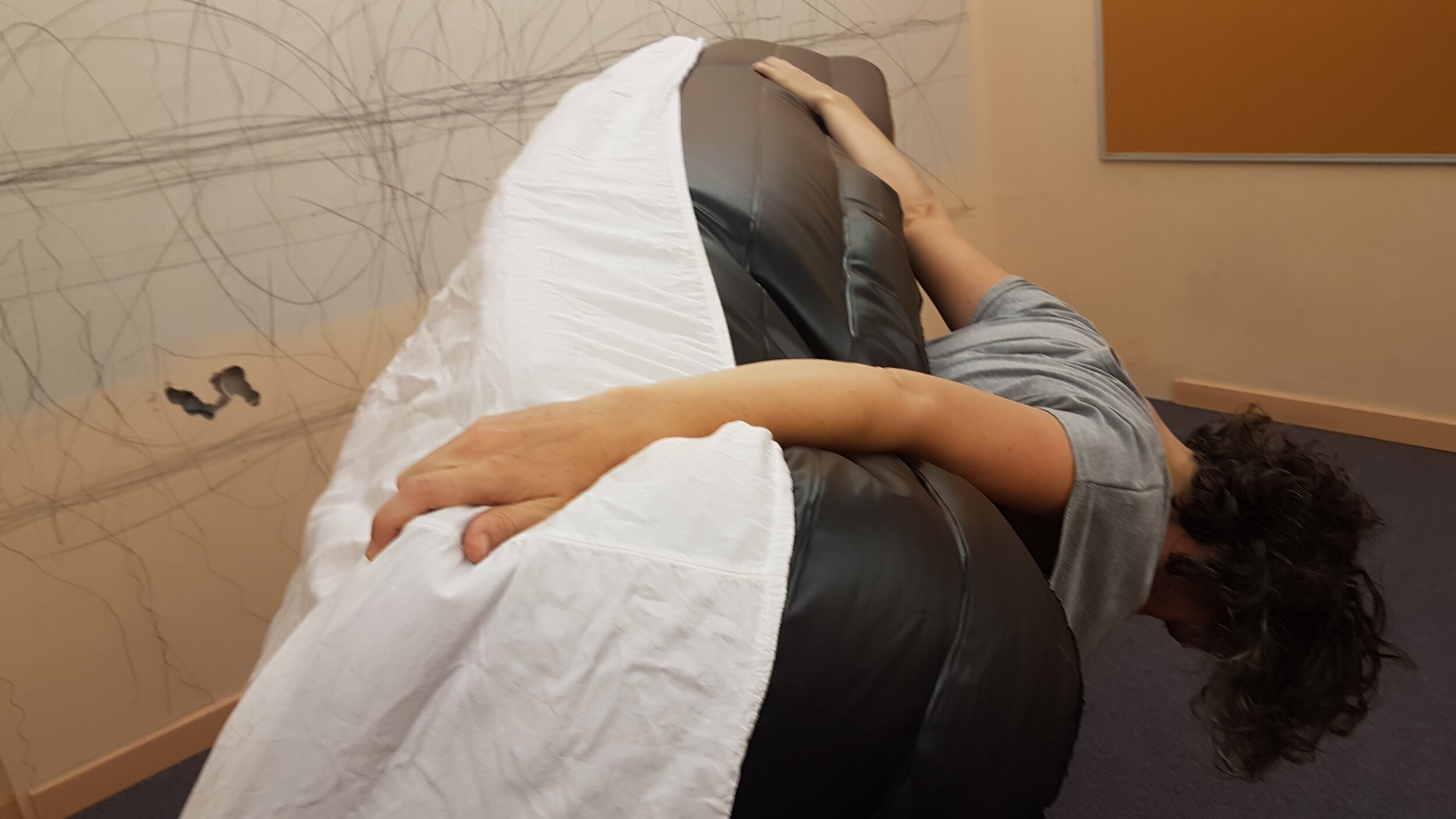Collaborations
Dancing the Landscape: Environmental Dance and the Inner Cartographies of Movement
Most dance emerges from the inner landscapes a dancer cultivates—embodied experiences, memories, and techniques that shape movement from within. The dancer’s body is an archive, absorbing the history of personal practice, cultural influences, and environmental forces. In some forms, dance is a process of internalising traditions—placing inclusions of technique into the body and allowing them to shape the dancer’s movement vocabulary. But what happens when we shift the focus to the external world, allowing landscape and place to become the prime input for movement?
Environmental dance does precisely this. It moves beyond the studio and proscenium stage, engaging directly with the spaces we inhabit—natural and built environments, weather systems, histories embedded in places, and the textures of the ground beneath our feet. It asks us to move in space and with space as a responsive and adaptive process, making dance an act of spatial dialogue.
For me, this approach to dance is deeply personal. I grew up adopted, constantly moving between different conceptions of self, identity, and belonging. My adopted father was a landscape artist and architect who understood land not just as a physical space but as a layered story—a composition of histories, ecosystems, and human interventions. His work shaped my early understanding of how a place is never neutral; it is a site of shaping forces, a constantly evolving design.
In many ways, my dance practice has followed a similar trajectory, engaging with movement to trace, shape, and respond to the landscapes I inhabit. My work, notably The Daily Dance Project, has been a long-form experiment in movement as a living archive—how dance can document daily experience, respond to place, and evolve. Each site I’ve danced in carries its resonance: the hard angularity of urban spaces, the yielding softness of sand, the uneven resistance of rocky ground, and the shifting conditions of light and air. I move through them as a body in conversation, listening and responding, rather than imposing pre-formed choreography onto the world.
Environmental dance acknowledges that movement is not separate from place. Just as an architect must consider the flow of air, the weight of materials, and the interplay of structures within a landscape, a dancer must consider the forces acting upon the body—gravity, terrain, temperature, cultural and social contexts. The body becomes a site of convergence, where inner landscapes meet external environments.
This also speaks to the idea of belonging. Adoption often carries with it an ongoing negotiation of identity—an awareness of being placed into a context, a family, or a cultural environment that one was not originally born into. In a way, environmental dance mirrors this, recognising that we are always moving through spaces that existed before us and carry their histories and must find our place within them. Dance becomes a way of settling into space, creating relationships and dialogue, and making temporary belonging wherever the body moves.
In developing my progressive dance installation, I see this central interplay of site, body, and history. The Daily Dance Project, culminating in 2026, has been an extended experiment in attunement—how movement adapts and transforms across environments and how the body acts as a recording site. As I transition toward more traditional performance contexts, I am carrying forward this sensibility, ensuring that my work remains porous to place and responsive to space.
Environmental dance, for me, is not just about moving in nature—it is about understanding movement as fundamentally ecological. We are shaped by where we are just as much as we shape where we are. To dance is to participate in a landscape, to become part of its ongoing composition, and to leave traces that, however impermanent, continue to shape the spaces we inhabit.



























